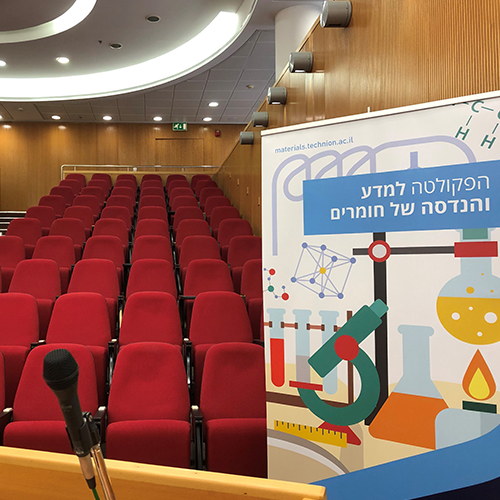
Mr. Chubin Huang - M.Sc. candidate
17/03/2024
David Wang Auditorium, 3rd floor Dalia Meidan Bldg.
14:30
The coupling between magnetic, electronic and structural degrees of freedom across the metal-insulator transition (MIT) in V2O3 makes it hard to determine the main driving mechanism behind the transition. Specifically, the role of magnetism has been debated and its interplay with the other transitions has not been established. To address this issue, we use a combination of muon spin relaxation/rotation (μSR), electrical transport and reciprocal space mapping (RSM) which allows to correlate magnetic, electronic and structural degrees of freedom in strained engineered V2O3 thin films with different transition temperatures. We also perform a detailed characterization of temperature dependent domain and strain maps using scanning electron transmission microscope (STEM) for (0001)-oriented V2O3 films, where a geometrical restriction of the film area by the substrate suppresses both the structural phase transition (SPT) and metal-insulator transition. We found evidence for a magnetic instability in the paramagnetic phase which precedes the SPT. These results reveal the importance of an AF instability in the paramagnetic phase for triggering MIT and the crucial role of the SPT in allowing for the formation of an ordered AF state.


